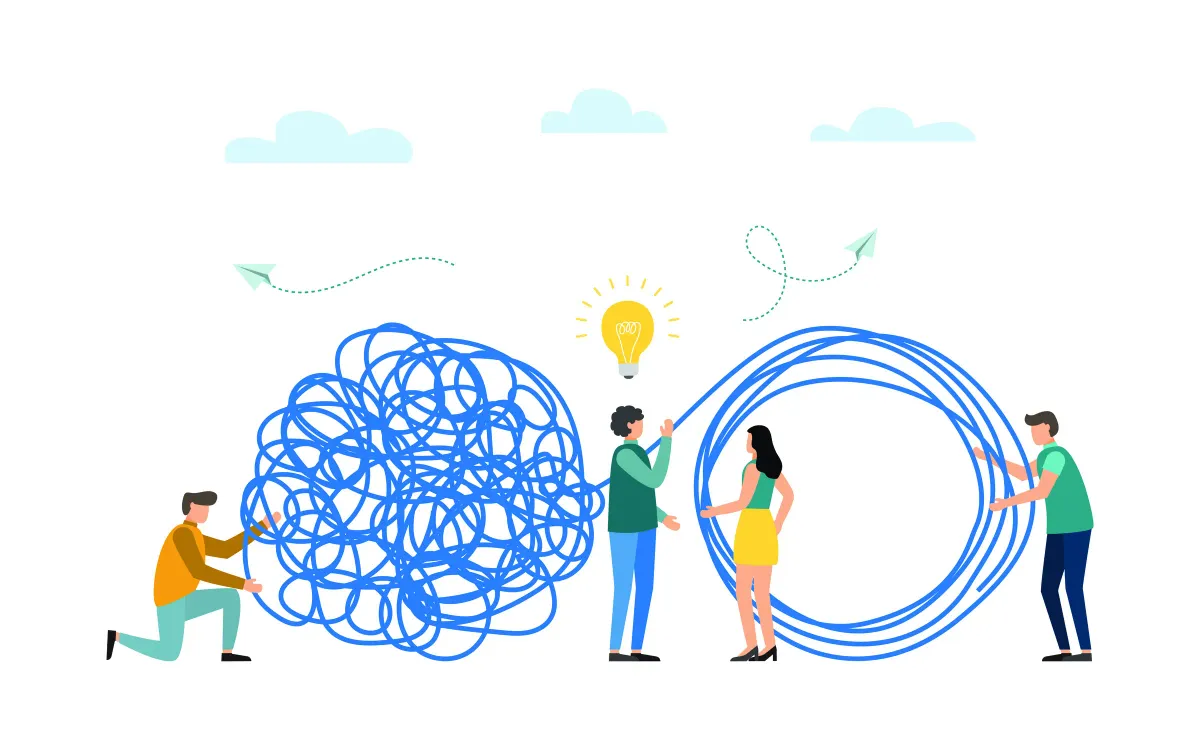Why agile is not enough to build great products
In this excerpt from our upcoming book, Sandrine shares a big aha moment: making great products starts with developing people's thinking.

I began my product and tech career in the USA a few years before the agile movement was born. I discovered agile in 2001 in San Francisco while working on a fantastic project with a biotech firm. I was immediately hooked! For years after that, I practiced agile because it was a great alternative to waterfall. I became an agile advocate in both the USA and France. I even joined the board of Agile France in 2005 and organized nationwide conferences.
Eventually, agile methods such as Scrum and even Extreme Programming showed limits. I struggled to engage the whole organization and failed to convince managers of the value agile would generate for the business. This had repercussions on my ability to deliver great products fast and generate results. I soon realized that I was not the only person with this problem in the agile community. So I sought to understand why, and how to go beyond just building cool software with cool people in our small geeky bubbles. My quest led me to lean. After all, agile principles were mostly built on lean principles, so why not go straight to the source, I thought.
I am extremely lucky to have learned from an internationally recognized author and lean Sensei, Michael Ballé. For years now, I have studied and practiced Toyota’s lean: an enterprise strategy for building products with great impact on customer satisfaction and society. The big surprise for me was to find out that this was achieved by improving the way people think.
While agile and lean share some characteristics, like the need to better understand customer needs and delivering the product in small increments, lean has three fundamental differences that are at the center of conceiving and building products that sell:
- It is not just about developing great software, it is about delivering great products, which involves the whole company, not just the design and development teams
- It does not separate product and business results, since the two are intimately linked
- It is built on the principle that if we improve how people think and resolve problems with each other, we can improve the value our products and services bring to customers
Throughout the book, we emphasize these key principles. All the tools and practices we present in this book aim to sharpen people’s reasoning so they can face unknown problems autonomously and creatively, and contribute to improving value. This is the true agility that startups need to cultivate if they want to build great products that sell, and grow fast but sustainably.
So the question is not: agile or lean? It would be like comparing apples and oranges. Agile provides software teams with standards for organizing their activities in a flexible and customer-oriented manner. Lean is great for creating truly agile organizations where people know how to resolve unknown problems together and continuously seek new ways of creating value for customers.
This article is an excerpt from our upcoming book. Subscribe before its release to get a member discount.